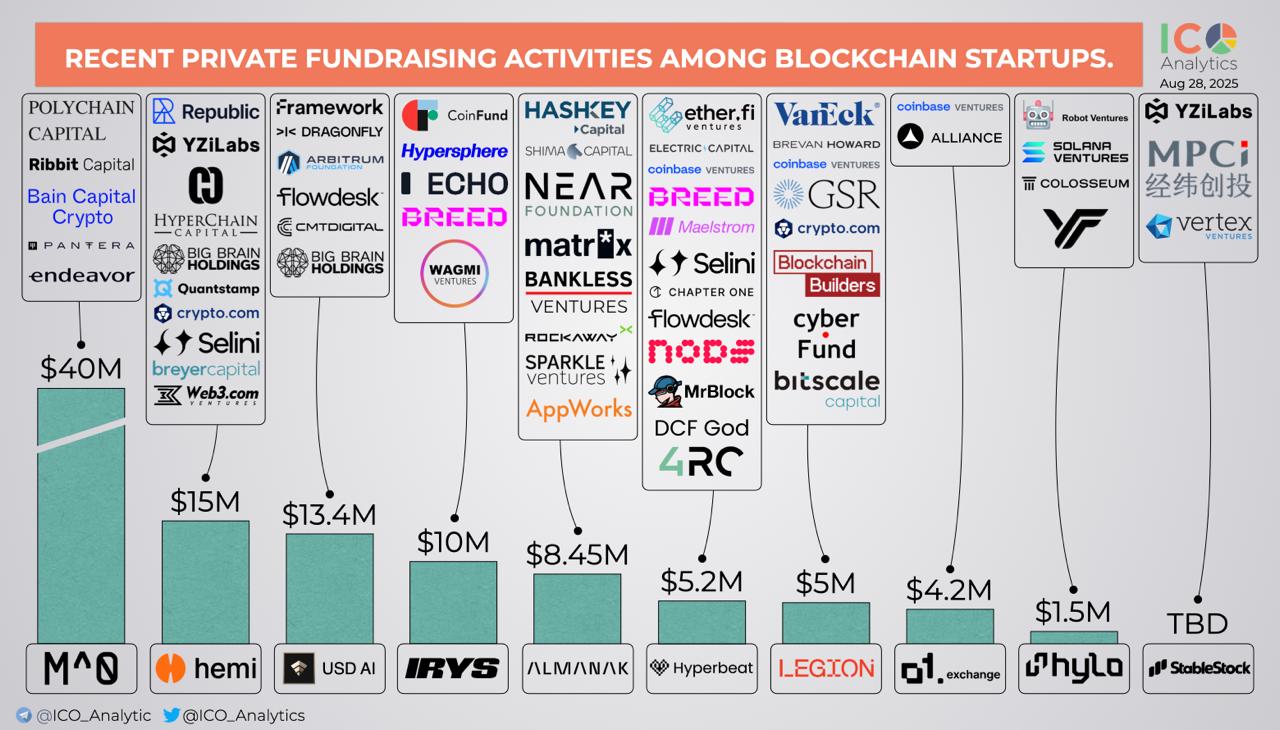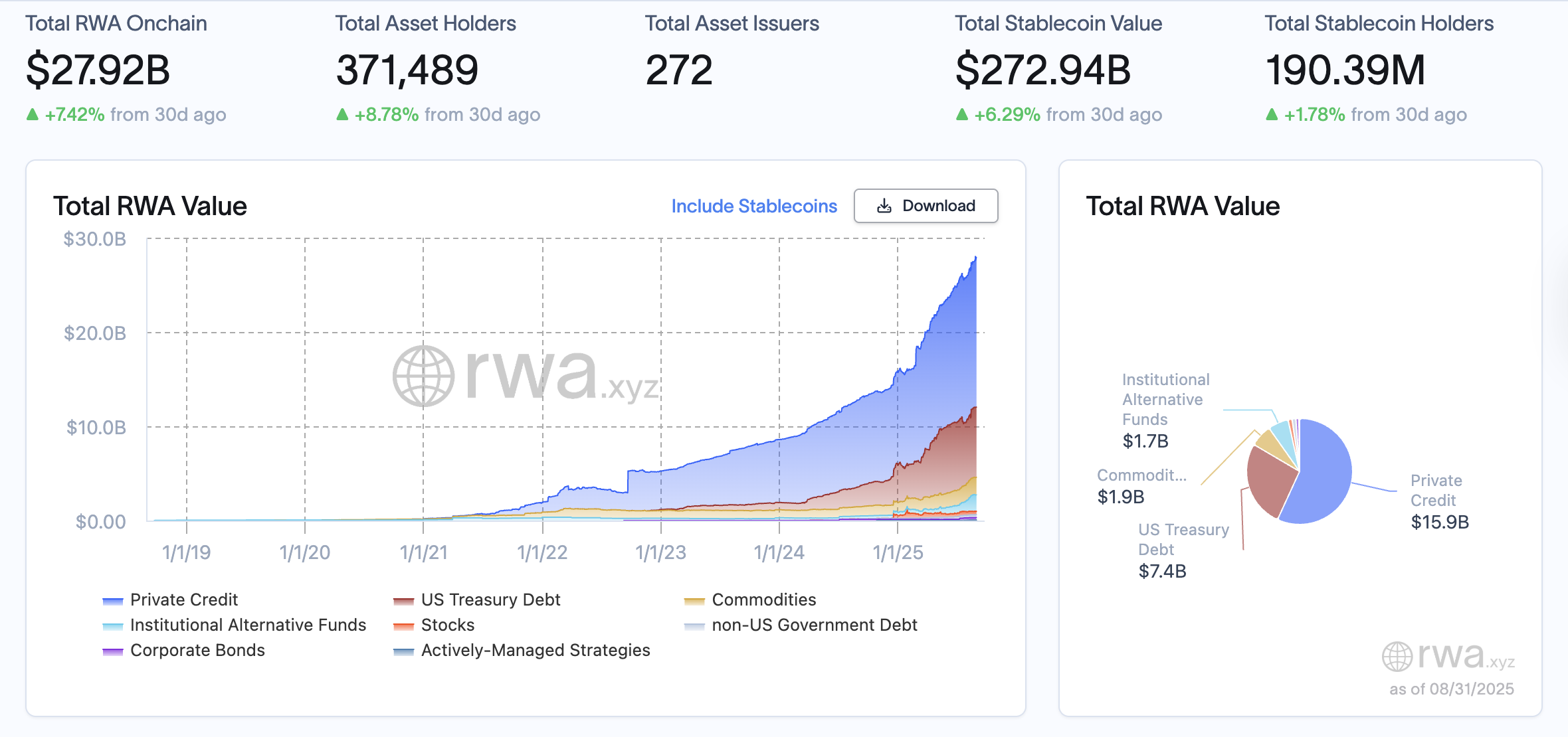Venture capital crypto investment has shifted from early-stage speculation to funding revenue-generating projects with predictable business models, such as stablecoins, payment rails and tokenized real-world assets. VCs now favour institutional adoption, staking yield and fee-based revenue as primary investment criteria.
-
VCs prioritize predictable revenue models and institutional adoption over memecoin-driven growth.
-
Stablecoins, payment infrastructure and RWA tokenization attract the most institutional capital.
-
Data points: private fundraising deals and market activity show growth in RWA tokenization and DeFi fee revenue.
Meta description: Venture capital crypto investment is shifting to revenue-generating projects—stablecoins, RWA tokenization, staking. Read expert insights and actionable takeaways.
Venture capital firms are now investing in established projects with clear and predictable revenue generation models over early-stage tech.
Venture capital (VC) firms have become much more selective with the crypto projects they invest in, representing a shift from the previous cycle due to market maturation, according to Eva Oberholzer, the chief investment officer at VC firm Ajna Capital. Her observations reflect a broader move toward projects that deliver measurable revenue and institutional readiness.
“It’s harder because we have reached a different stage in crypto, similar to every cycle we have seen for other technologies in the past,” Oberholzer said in an industry interview (source: Cointelegraph).
She added that market maturation has slowed down pre-seed investing, as VCs pivot their attention to established projects with clear business models. Oberholzer said: “It’s more about predictable revenue models, institutional dependency, and irreversible adoption. So, what we see right now is that crypto is not driven by any memecoin frenzies or other trends, but it’s more about institutional adoption.”

What is driving the shift in venture capital crypto investment?
Venture capital crypto investment is being driven by a demand for predictable revenue streams, staking yields and institutional-grade infrastructure. VCs now favor projects that demonstrate fee generation, custody solutions and compliance pathways because these attributes map to traditional financial return expectations.
How are VCs prioritizing revenue-generating crypto projects?
VCs are prioritizing stablecoins, payment rails, DeFi protocols with consistent fee income, and real-world asset (RWA) tokenization platforms. Matt Hougan, CIO at Bitwise, noted that staking and earning yield on assets like Ether converts liquidity into earnings, which matches institutional return models (source: Bitwise interview referenced by Cointelegraph).
Real-world asset tokenization is attractive because minting, custody and management of RWAs create fee surfaces and recurring revenue. Market activity and private fundraising data indicate growing investor interest in tokenized securities and asset-backed tokens (source: ICO Analytics; RWA.XYZ).

When did this VC shift begin and what does it mean for founders?
The shift accelerated after the 2021 cycle when speculative investment patterns gave way to a focus on fundamentals. For founders, this means demonstrating clear revenue pathways, institutional security practices and audited token economics is now essential to attract Series A and later-stage VC capital.
Why are traditional investors demanding yield-driven crypto businesses?
Traditional financial investors are trained to value predictable earnings and risk-adjusted returns. Projects that can be modeled to produce fees, yield from staking, or cashflows from tokenized assets fit readily into existing asset-allocation frameworks. This compatibility increases the likelihood of institutional allocation into crypto.
Frequently Asked Questions
How can a crypto startup prove predictable revenue?
Demonstrate repeatable fee generation, long-term contracts, custody integrations, audited smart contracts, and onchain metrics showing sustained user activity. Present conservative financial models that isolate revenue from token price movements.
What sectors should VCs watch for stable returns?
Stablecoins as payment rails, DeFi protocols with fee revenue, payment infrastructure, and RWA tokenization platforms are the primary sectors attracting institutional capital and predictable returns.
How do staking yield and token economics influence VC decisions?
Staking yield converts idle crypto into earnings, improving risk-adjusted return profiles. VCs favor tokenomics that provide durable incentives without relying on speculative price appreciation.
Key Takeaways
- Institutional focus: VCs now prioritize projects with compliance, custody and audit readiness.
- Revenue over hype: Stablecoins, payment rails, DeFi fees and RWA tokenization drive investment.
- Action for founders: Build clear revenue models, document onchain metrics, and prepare institutional integrations to attract capital.
Conclusion
The venture capital crypto investment landscape has moved from speculative, early-stage bets to funding revenue-generating projects that align with institutional expectations. Founders who prioritize predictable fee streams, staking utility, and RWA monetization will be best positioned for VC interest. Expect continued capital flow into infrastructure that bridges crypto and TradFi.
